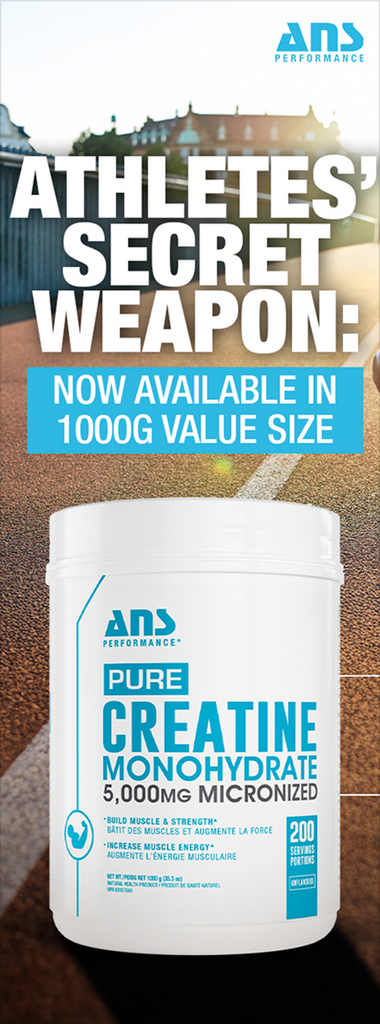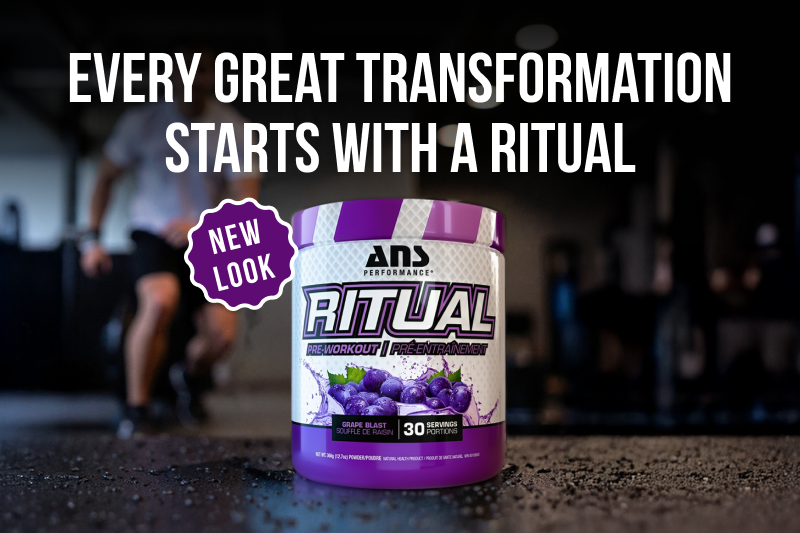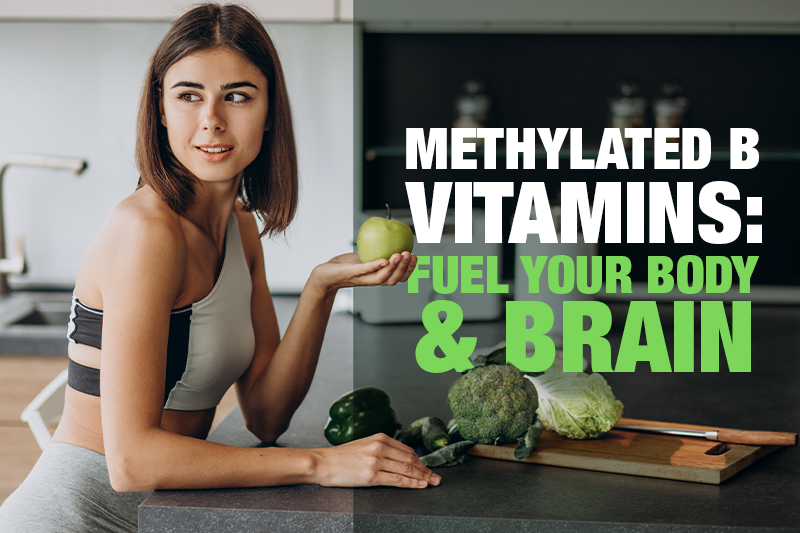

So what is Trimethylglycine?
Trimethylglycine or TMG is also more commonly referred to as betaine (BEET-ah-een). For the chemists, as the name implies it is a trimethyl derivative of the common amino acid glycine. TMG is commonly found in our diet in beets (that’s where the name betaine came from), whole grains, spinach and shellfish.
TMG can also be made in the body naturally via oxidation of choline-containing compounds. One of its primary functions in the body is to act as an ‘osmolyte’ and increase water retention of cells. It migrates in and out of cells to preserve cellular hydration state. Like creatine, a higher cellular trimethylglycine concentration can help preserve cell structure and make the cell more resilient to stress.
Another important function of TMG is that it also acts as a methyl group donor in creatine synthesis as well as conversion of homocysteine to methionine. Some studies have shown that TMG supplementation may lower plasma homocysteine levels, this is important since elevated homocysteine levels can lead to blood vessel inflammation, making it a risk for heart disease.
Beyond its potential heart health benefits, TMG has also been the subject of a range of studies for its performance benefits. These human trials demonstrate a significant improvement in physical performance, especially in muscle strength, power and endurance.
What benefits can I get from supplementing with Trimethylglycine?
There have been several recent studies exploring the potential benefits of TMG supplementation, and most of them have yielded some impressive results. Nearly all studies examined a daily dosage of 2.5 grams of TMG. In many cases the dose was split with 1.25g twice per day.
While study designs varied between the clinicals, several benefits were perceived from supplementation with TMG at this level. Here’s a quick summary:
- Weight-trained athletes taking 1.25g TMG twice daily increased muscle strength & power.
- TMG supplementation increased markers of protein synthesis vs. placebo.
- TMG enhanced endurance: allowing for more bench press reps, extended sprint capacity and more cycling power.
- TMG has also demonstrated positive influence on anabolic environment – increased GH and IGF-1 levels, yet decreased cortisol.
- Test subjects have increased muscle mass, arm size and decreased body fat.
- Many studies were 10-15 days in nature, demonstrating the potential for rapid benefits.
- One of the most recent studies in 2013 was 6 weeks long and showed that longer term TMG supplementation improved body composition, arm size, muscle power output and bench press work capacity.
So what’s net effect from all these results? Whether by means of improved cellular hydration, methyl donation or improved hormonal balance, trimethylglycine supplementation works. It improves muscle power output and endurance to enhance your workouts and maximize your time spent training. It is a vital supplement for those seeking optimal muscle power and performance.
When is it optimal to take TMG? How much?
It’s quite evident from the consistency of the literature that the appropriate dosage of TMG is about 2.5 grams per day. Ideally it should be split in two doses 1.25g each; the first dose taken prior to training and the second either during or after your workout to replenish cellular stores.
There are no known serious side effects of trimethlyglycine supplementation, and the longer term 6 week study supports that. It is important to note that you should look closely at the source of the TMG in products you may be considering and ensure that is listed as ‘Trimethylglycine’ or ‘Betaine Anhydrous’ and NOT ‘Betaine Hydrochloride (HCl)’ which is commonly used as fish food or for low stomach acid related digestion issues.







